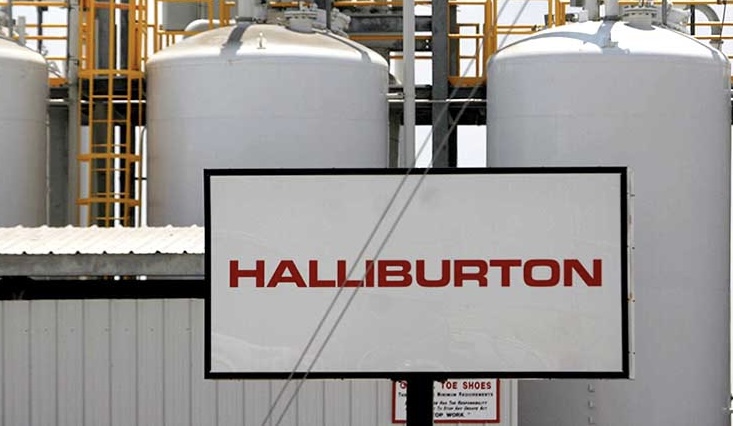KEY POINTS
- Iraq plans to boost Nahr Bin Omar oilfield production to 300,000 bpd.
- West Qurna 1 field production will increase to 750,000 bpd by 2025.
- Iraq is ready to support OPEC with additional oil output if needed.
Iraq is on the brink of finalizing a major deal with U.S. oil services giant Halliburton to develop the Nahr Bin Omar oilfield, according to Bassem Abdul Karim, director general of the Basra Oil Company (BOC).
Speaking on Thursday, Abdul Karim revealed that the agreement aims to significantly ramp up production at the oilfield, with plans to increase output from 50,000 barrels per day (bpd) to 300,000 bpd. Halliburton will also play a key role in producing 300 million cubic feet of gas from the field.
The deal underscores Iraq’s push to maximize its natural resources, reduce dependence on imports, and align with global energy demands.
According to Reuters, a confidentiality agreement is expected to be signed soon, allowing Halliburton access to vital data on the field and its installations.
Boosting oil and gas production in southern Iraq
In addition to Nahr Bin Omar, Abdul Karim highlighted plans to increase output at the West Qurna 1 field, operated by PetroChina.
Production at the field is expected to reach 750,000 bpd by the end of 2025, a significant jump from the current 550,000 bpd. This marks a milestone for Iraq’s energy sector, following ExxonMobil’s exit and PetroChina taking the lead.
Furthermore, Iraq is working with China Petroleum Engineering & Construction Corporation (CPECC) on a $1.7 billion gas project at Nahr Bin Omar. The initiative aims to produce 300 million standard cubic feet (mscf) of gas. Talks are ongoing to reduce project costs, and the final agreement is imminent, Abdul Karim noted.
Iraq’s role in global energy markets
With global crude supplies under pressure due to sanctions targeting Russia, Iraq is prepared to increase oil production by 200,000 bpd if requested by OPEC.
Abdul Karim emphasized the country’s readiness to support global market stability, as Iraq’s southern ports alone exported an average of 3.232 million bpd in December.
Such efforts stand indicative of Iraq’s position on the global map of energy producers; with continued focus on enhancing production capabilities and consolidating cooperation with partners, such as Halliburton or CPECC.



